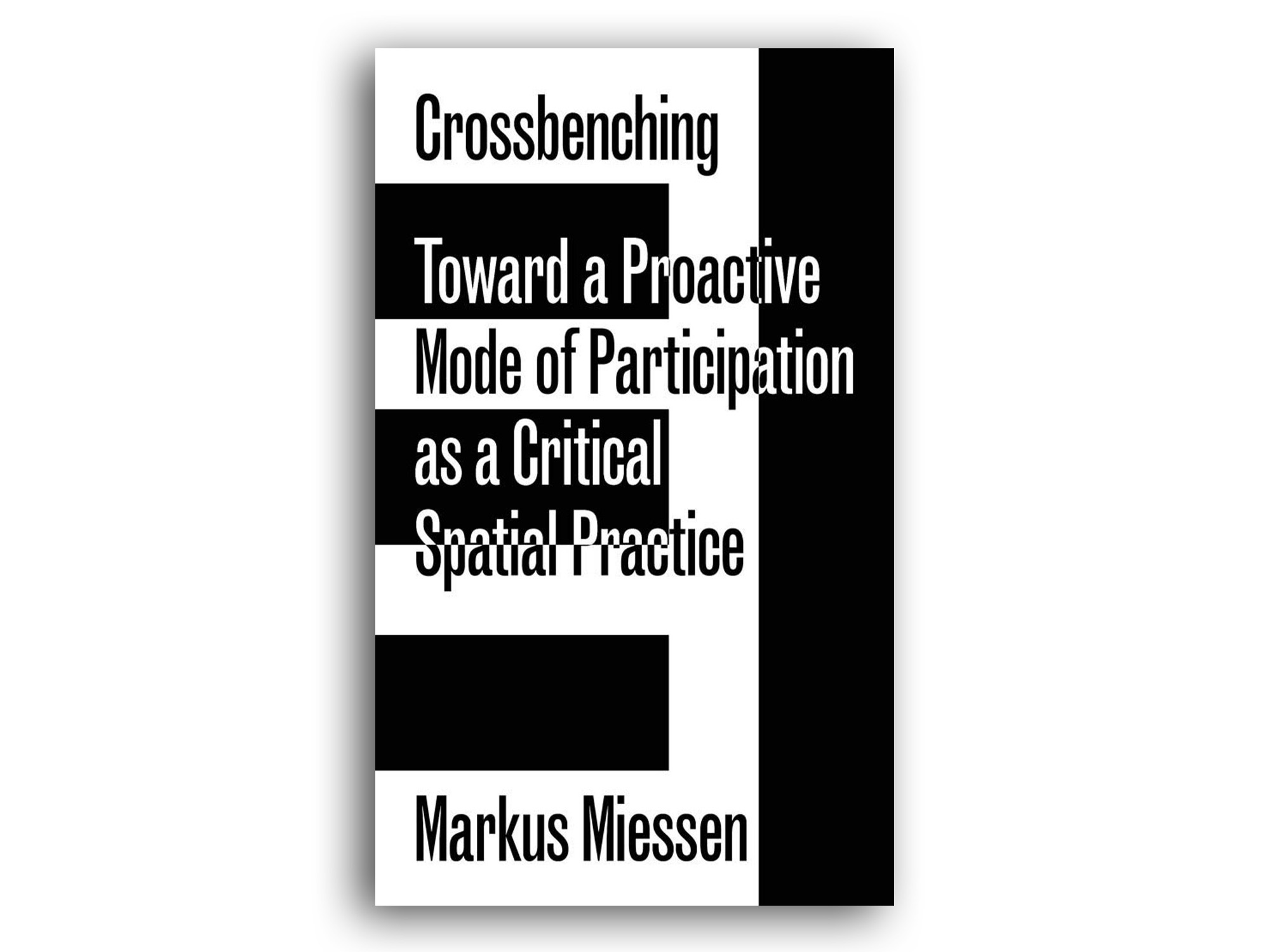Excerpt:
“Criticality in spatial practice is one of the most difficult and unquestioned issues effecting the disciplinary agency of architecture, which is at the mercy of socio-‐political maneuvering, economic realities, and, of course, the whims of the client. This has inevitably fractured the field into those that sacrifice criticality to realize buildings and those whose critical designs are destined only for paper where the world at large can be reconceived as fantasy.
InfraNet Lab was established in 2008, as a new model for spatial praxis rooted in critical agency. This reformulation stemmed from an expanded view of the Architect, who engaged in politics, economics, ecologies, infrastructure, urbanism, and landscape and found productive opportunities within the overlaps of such systems. The client for such work, however, due to its scale, type, and multidisciplinary nature, did not exist. This prompted a spatial practice of unsolicited architecture. Being unsolicited, there is no opportunity to hide behind constraints (budget, site, client, etc.) but rather it requires one to precisely affirm their critical stance to design. While most “paper architecture” exchanges reality for criticality and “practicing architects” often trade criticality for realization, we hold onto both criticality and reality. Entrenched in research and consultation with specialists, we neither deny reality nor use it as an empty constraint.”
